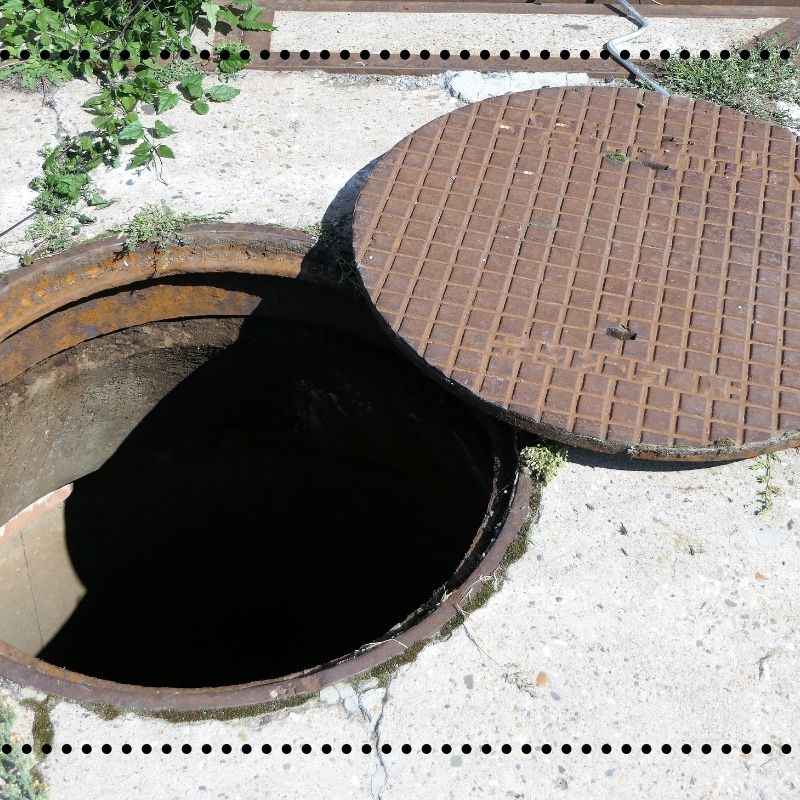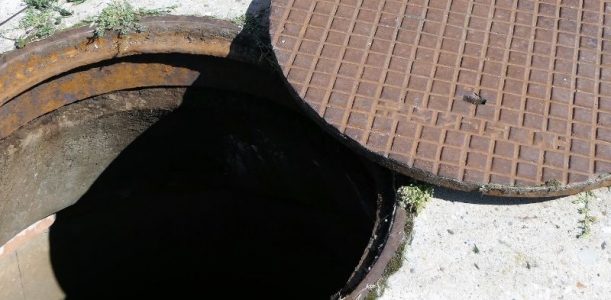
Determining the level of opioid use in communities relied upon data from people who had sought medical treatment or suffered an overdose, leaving little information about overall opioid use as people that had no interactions with the healthcare system were excluded. WBE gives researchers a way to quantify trends of opioid exposure at a community level, beyond overdose data.
WBE Samples from Manholes
Researchers placed robotic sampling devices in 10 different manholes to collect wastewater samples over 24-hour period on seven different days. They were placed in manhole locations in suburban areas that had experienced an increase in opioid misuse to capture snapshots of the drug consumption of the local population. The researchers were able to identify a correlation between opioid overdose rates and the detection of overdose reversal drugs at the various collection sites.
This provides public health officials with valuable information as to the needs in specific regions versus an overall suburban area. The data provides maps based on the sewer system to better understand the context of the local substance abuse. Samples from the 10 manholes revealed the presence of:
- Common control substances (nicotine, caffeine, acetaminophen) – 80%, 96%, 100% respectively
- Drug treatment and opioid reversal drugs (methadone, buprenorphine, naloxone) – 64%, 12% and 55% respectively
Other samples revealed the presence of illicit drugs in varying quantities. Researchers can use this data to analyze the presence of drugs in a community and to evaluate the effectiveness of intervention programs. The data also allows health officials to identify emerging trends or new opioids used in communities.
Responsible Drug Disposal
These areas where drugs are detected in higher levels in local communities would be a good place for responsible drug disposal campaigns. The presence of drugs in wastewater from human use or consumption can also indicate a higher level of improper drug disposal and an area at greater risk for environmental contamination through pharmaceuticals in the water supply.
C2R Global Manufacturing is a company dedicated to the safe disposal of pharmaceutical waste, including controlled substances and opioids. Properly disposing of medications and drugs with a product like Rx Destroyer™, as opposed to discarding medications into the trash or down the drain, provides significant protection to our water supply and also prevents drug diversion.
Rx Destroyer™ is a safe and easy to use drug disposal system and part of an overall controlled substance plan that protects the environment. Rx Destroyer™ begins to quickly neutralize medications and illicit drugs to render them safe for disposal while immediately preventing diversion of dangerous drugs. Contact us to join us in our mission of saving water, and saving lives…one prescription at a time.

